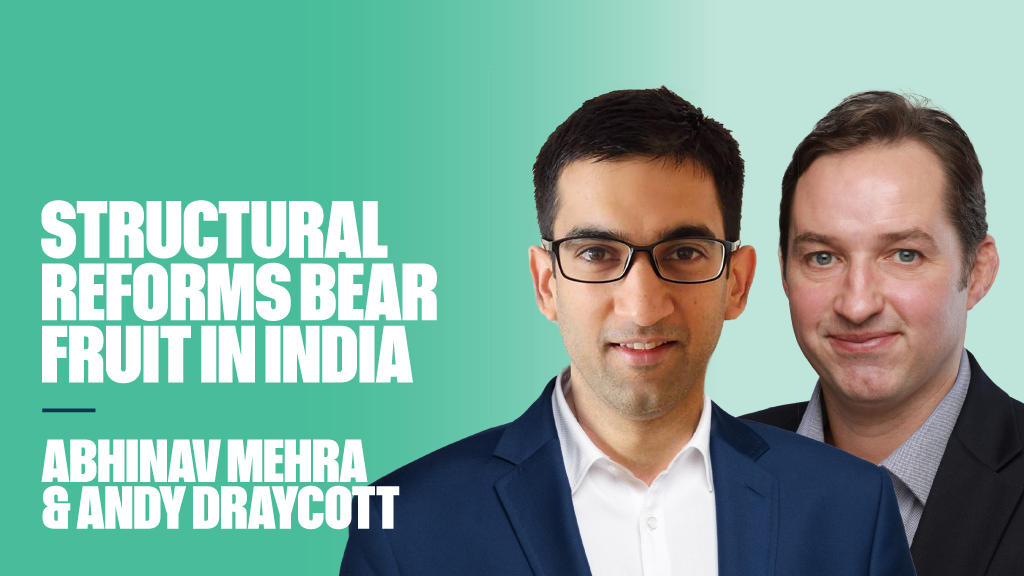There is a popular notion that simply seeking yield is a surefire strategy in a world backstopped by a great central bank put – that may have been true of the very recent past, but there are reasons to believe that extraordinary set of circumstances cannot and will not continue.
A blinkered view
Investors who refuse to take a forward-looking view or who are simply oblivious to the changing tides risk finding themselves on the wrong side of an inflection point. When that happens, there is the potential for market movements to be fast and furious as they sort out the winners from the losers. It feels like we are getting close to that inflection point.
How can we gauge the risk profile of today's markets?
One major consideration is price. Nearly every part of the global credit markets looks pricey, as illustrated in the graph below.
true
This includes US and European high yield debt, investment grade credit, agency mortgage-backed securities, emerging market debt and convertible bonds among others. These securities’ valuations are effectively pricing in near perfect fundamentals, as well as the optimistic forecasts for further growth. At the same time those very fundamentals are eroding as credit underpinnings deteriorate.
Another warning sign that should alert investors to trouble ahead is the alarming lack of cushion. Given ultra-tight spread levels, margins of safety in areas of the market that have historically shown resilience in rising rate environments are compromised.
More warning signs
Sectors like high-yield debt are vulnerable to a range of potential factors as opposed to just one or two possible detractors. For example, rising interest rates, even if caused by better than expected economic growth, may cause losses in areas of the market that have historically benefited from such trends.
Even the most bottom-up investor cannot be blind to the impact of macro factors beyond their control. Those who are watching what is happening to the bond market will see that prevailing tailwinds are rapidly changing to headwinds.
For years, credit has reaped the benefit of rapidly tightening spreads combined with rates falling to lows artificially induced by ultra accommodative central bank policies. These powerful drivers are in the process of reversing. US central bank actions have moved to tapering and therefore a step closer to tightening, for example. Reversal is also seen in economic growth rates finally gaining above trend traction, forward inflation indicators in the US pointing higher, and poor fixed income technicals after an extended period of record flows.
Liquidity, which is already somewhat of a mirage in the credit markets, is another barometer to be watched. Liquidity remains as transient as ever, due in part to a more challenging regulatory regime market makers are grappling with. Dampened dealer activity and record low inventory levels have reduced the supply trading on the markets on any given day. The situation may appear deceptively calm while investors are still buying in fixed income, but there is a significant potential for price destruction in the event of a sell-off precisely because liquidity is so thin. Technicals can – and very likely will – change on a moment’s notice.
High credit correlation
Meanwhile, virtually all forms of credit have become highly correlated. As such, they are susceptible to the possibility of a sell-off, given currently stretched valuations, or to the risk of a rise in interest rates damaging price returns. The ability for diversification within credit to provide downside protection is significantly more limited than it has been in the past when it was fueled by declining interest rates. This leaves cash as the only true form of ‘long only’ insurance for investors.
Considering myriad challenges facing traditional fixed income, investors slow to recognise how significantly the world has changed are at risk. As absolute return-oriented investors, we construct portfolios via a three sleeve approach. This includes a long only beta sleeve, a relative value trading alpha sleeve and a portfolio hedging sleeve.
Capital protection
We seek to deploy capital across these to generate low volatility, uncorrelated returns irrespective of whether the environment is benevolent for bonds.
Capital preservation is always our number one goal. A few cardinal rules tend to dictate our philosophy.
Among them is the principle that as investors we do not force capital into the market if we are not getting paid for the risk. We are reducing our credit exposure and have virtually no rate exposure. Limited pockets of opportunity within credit exist, but now is the time to start exiting them, while the doors are still wide. The biggest fallacy in fixed income is the myth that you need to be fully invested at all times. Do not believe it. Re-engage with credit only when it starts compensating you for the risks.
In this stretched market, the credit winners will be those managing the downside and the returns will follow.











